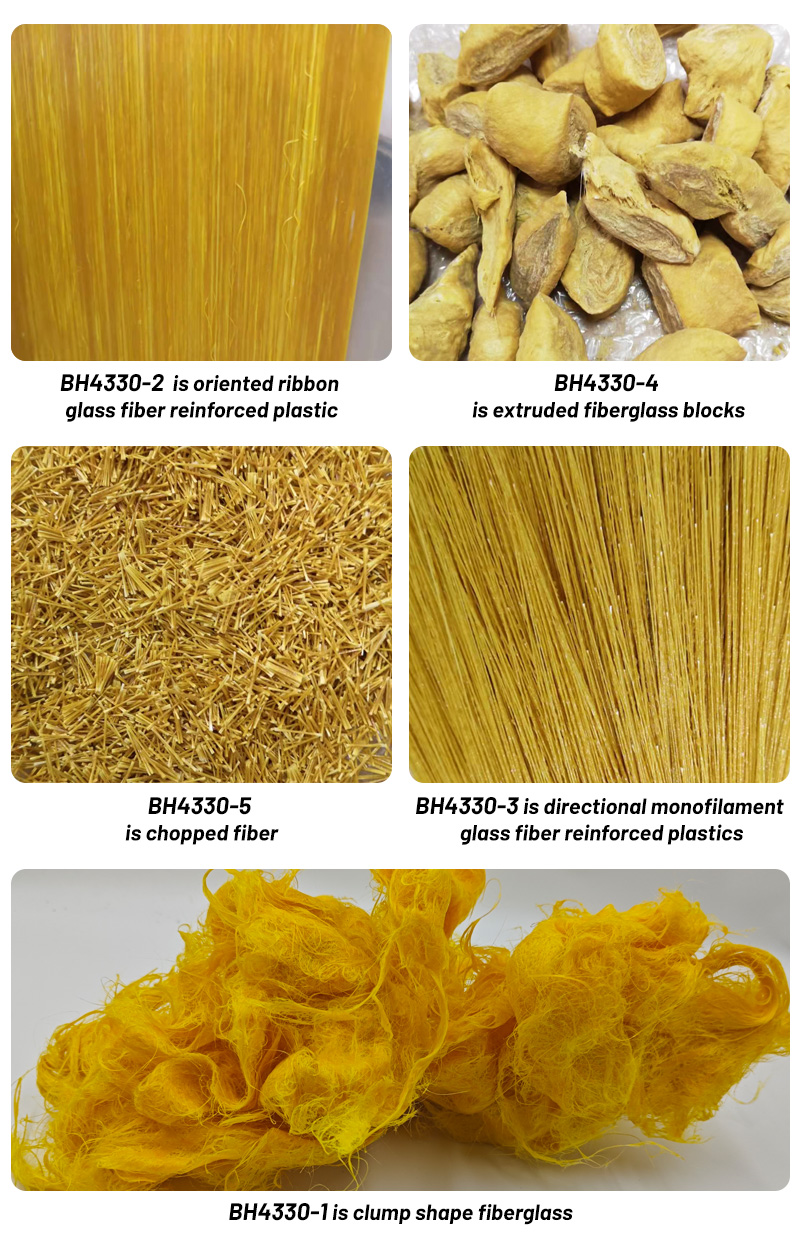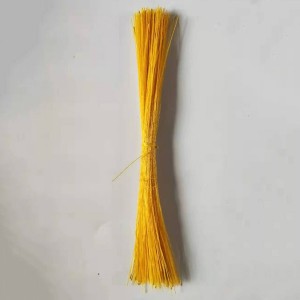Phenolic Fiberglass Molding Tape
Material Composition And Preparation
Ribbon phenolic glass fiber molding compounds are formed by using phenolic resin as the binder, impregnating alkali-free glass fibers (which may be long or chaotically oriented), and then drying and molding to form a ribbon prepreg. Other modifiers may be added during preparation to optimize processability or specific physicochemical properties.
Reinforcement: Glass fibers provide high mechanical strength and impact resistance;
Resin matrix: phenolic resins give the material heat corrosion resistance and electrical insulation properties;
Additives: may include flame retardants, lubricants, etc., depending on application requirements.
Performance Characteristics
| Performance indicators | Parameter range/characteristics |
| Mechanical properties | Flexural strength ≥ 130-790 MPa, impact strength ≥ 45-239 kJ/m², tensile strength ≥ 80-150 MPa |
| Heat resistance | Martin heat ≥ 280 ℃, high temperature performance stability |
| Electrical properties | surface resistivity ≥ 1 × 10¹² Ω, volume resistivity ≥ 1 × 10¹⁰ Ω-m, electrical strength ≥ 13-17.8 MV/m |
| Water absorption | ≤20 mg (low water absorption, suitable for humid environments) |
| Shrinkage | ≤0.15% (high dimensional stability) |
| Density | 1.60-1.85 g/cm³ (lightweight and high strength) |
Processing Technology
1. Pressing conditions:
- Temperature: 150±5°C
- Pressure: 350±50 kg/cm²
- Time: 1-1.5 minutes/mm thickness
2. Forming method: lamination, compression molding, or low-pressure molding, suitable for complex shapes of strip or sheet-like structural parts.
Fields of Application
- Electrical insulation: rectifiers, motor insulators, etc. Especially suitable for hot and humid environments;
- Mechanical components: high-strength structural parts (e.g. bearing housings, gears), automotive engine components;
- Aerospace: lightweight, high-temperature resistant parts (e.g., aircraft interior brackets);
- Construction field: corrosion-resistant pipe supports, building templates, etc.
Storage and Precautions
- Storage conditions: It should be placed in a cool and dry place to avoid moisture absorption or heat deterioration; if it is affected by moisture, it should be baked at 90±5℃ for 2-4 minutes before use;
- Shelf life: to be used within 3 months from the date of production, the performance needs to be re-tested after the expiration date;
- Prohibit heavy pressure: to prevent damage to the fiber structure.
Example of product model
FX-501: Density 1.60-1.85 g/cm³, Flexural strength ≥130 MPa, Electrical strength ≥14 MV/m;
4330-1 (messy direction): high-strength insulating structural parts for humid environments, bending strength ≥60 MPa.

















